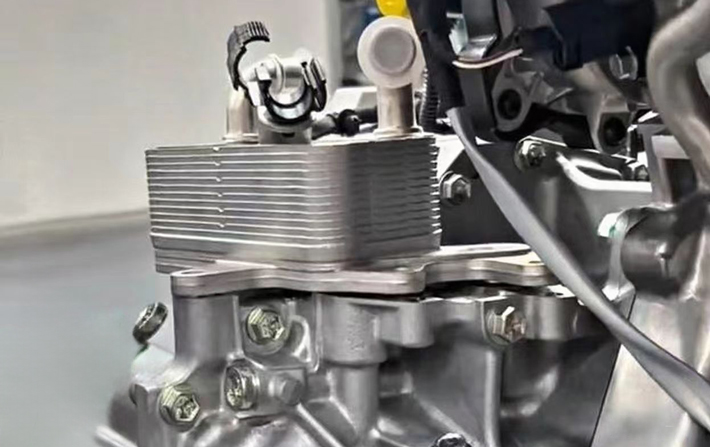Can Incorrect Oil Cooler Installation Cause Insufficient Cooling?
2025-07-11
In the thermal management systems of vehicles or industrial machinery, the oil cooler serves as a vital "heart," responsible for efficiently transferring heat from lubricating oil, hydraulic fluid, or transmission fluid to cooling air. However, a frequently underestimated issue—incorrect oil cooler installation—can severely compromise heat dissipation, triggering a chain reaction of failures.

Poor Placement, Restricted Airflow: The Primary Killer of Cooling Efficiency
The core principle of an oil cooler is heat exchange between air and hot oil. Its optimal position is typically at the system’s front or within high-velocity, low-temperature zones (e.g., directly in front of fans, facing airflow). Incorrect installation (e.g., cramped spaces, obstructions, misaligned inlets) leads to:
1. Drastically reduced effective airflow: Physical blockages or poor duct design impede sufficient cold air from passing through cooling fins.
2. Elevated air temperature: If placed near hot components (e.g., exhaust pipes, turbochargers) or in engine bay heat-recirculation zones, the intake air temperature rises, weakening the critical temperature differential (ΔT).
3. Uneven airflow distribution: Poor positioning creates "dead zones" or turbulence across the cooler surface, reducing overall heat transfer efficiency.
Result: The oil cooler cannot "breathe" sufficient cold air, drastically cutting cooling capacity and causing oil temperatures to climb.
Long and Winding Lines: Added Burden from Flow Resistance
Incorrect placement often forces unnecessarily long or excessively bent oil lines:
1. Increased flow resistance: Long distances and sharp bends significantly raise frictional losses (pressure drop ΔP↑).
2. Reduced circulation flow: The oil pump must overcome greater resistance to maintain design flow rates, decreasing the volume of hot oil reaching the cooler (Q↓).
3. More potential leak points: Extra fittings and extended lines heighten sealing failure risks.
Consequence: Not only is the cooler’s efficiency reduced by poor airflow, but the *amount* of hot oil arriving for cooling also drops—a double blow to thermal performance.
Away from Heat Sources? The Risk of Failed Isolation
While oil coolers need cold air, their inlet/outlet lines must be isolated from high-temperature sources (e.g., exhaust manifolds). Poor positioning can cause:
1. Secondary heating of lines: Oil flowing through lines baked by ambient heat gains extra temperature before entering the cooler or after leaving it.
2. Oil degradation: Sustained high temperatures accelerate viscosity breakdown and oxidation, impairing lubrication and shortening oil life.
3. Seal deterioration: Heat hardens and cracks rubber seals, increasing leakage risks.
Vicious cycle: High-temperature oil + inadequate cooling + reheating = spiraling oil temperatures.
Summary
An oil cooler is not a "set-and-forget" component. Its installation position dictates the thermal system’s efficacy, directly impacting airflow access, line resistance, and heat isolation. Incorrect placement weakens cooling capacity through restricted airflow, increased flow resistance, and secondary heating—ultimately causing oil overheating, performance loss, accelerated wear, or system failure. Precision installation and rational layout are critical safeguards for reliable operation.